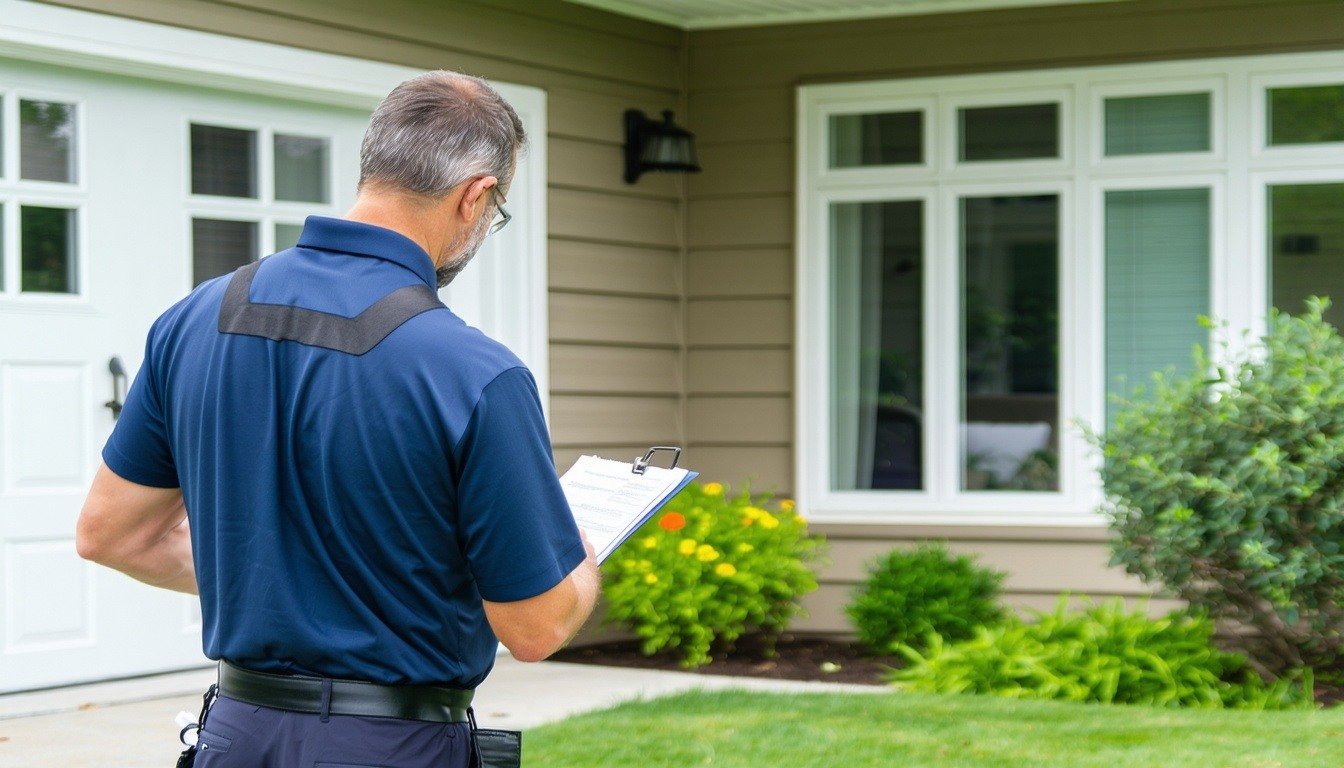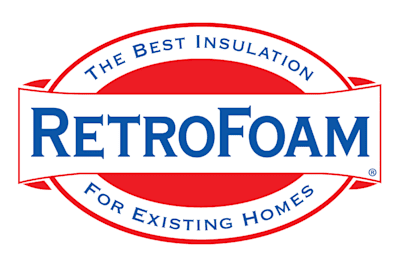Spray Foam Insulation and Home Insurance in the U.S.


If you’ve been browsing the internet lately, you might have stumbled across some alarming claims – that spray foam insulation could lead to homeowners being denied insurance coverage.
But before you start worrying, it’s important to know that this issue has primarily been reported in the United Kingdom – not the United States.
So, let’s dive deeper and clear up these misconceptions about spray foam insulation and homeowners' insurance right here in the U.S.
What Do U.S. Insurance Providers Say About Spray Foam Insulation?
Great news – major insurance companies in the United States don’t consider spray foam insulation a reason to deny coverage.
Companies like State Farm, Allstate, and Farmers Insurance emphasize concerns about structural integrity, roofing conditions, electrical safety, plumbing conditions, and potential liability hazards like pools or trampolines – not spray foam insulation.
Official underwriting guidelines that these insurers provide highlight essential home maintenance and safety aspects without listing foam insulation as problematic. In fact, foam insulation, when installed properly, may even positively influence insurance assessments due to its ability to prevent structural damage by sealing out moisture and pests.
Independent Sources on Spray Foam and Insurance
While the Insurance Information Institute (III) and the National Association of Insurance Commissioners (NAIC) don’t specifically mention spray foam insulation in their underwriting criteria, their resources highlight the primary risk factors insurers do consider – such as structural damage, fire hazards, and outdated utilities.
The absence of spray foam insulation from these discussions implies that insurers do not regard it as a notable risk or factor affecting coverage decisions.
A more explicit independent source, the Insurance Institute for Business & Home Safety (IBHS), confirms spray foam insulation’s acceptability by providing detailed guidelines and positive recognition of its benefits, further indicating its safety and compliance in building practices.
U.S. Government Agencies Approve of Creating an Air Seal
Adding to the reassurance, authoritative government agencies like the U.S. Department of Energy (DOE) and the Department of Housing and Urban Development (HUD) recommend spray foam insulation for its energy efficiency, durability, and compliance with building codes. Neither of these organizations identifies spray foam insulation as an insurance risk or problematic feature for mortgage lending.
Additionally, the Consumer Product Safety Commission (CPSC) provides comprehensive safety recommendations for spray polyurethane foam, without listing any concerns or restrictions.
So, What's Going on in the U.K.?
You might be wondering – why the confusion?
In the United Kingdom, spray foam insulation became a controversial issue primarily because of inconsistent installation standards and inadequate oversight. Improperly installed spray foam in older homes has trapped moisture, causing hidden mold and rot in roof timbers. This has led British insurers and mortgage lenders to become wary, prompting them to implement stringent criteria and inspections.
These problems were widely reported by outlets such as the BBC, creating confusion and concern internationally. However, the factors causing these issues are unique to specific U.K. circumstances and practices.
Why is the Situation Different in the U.S.?
Several key differences ensure spray foam insulation doesn’t cause similar insurance concerns in the U.S.
- Established Installation Standards: In the United States, rigorous industry standards and certified professional training provided by organizations like the Spray Polyurethane Alliance ensure that spray foam insulation is applied correctly and safely, preventing moisture-related issues.
- Strong Building Codes: Comprehensive building codes and guidelines from authorities like the International Code Council (ICC) establish detailed requirements for proper insulation and ventilation, significantly reducing the risk of structural problems.
- Climate and Construction Practices: Unlike many older U.K. homes, typical U.S. construction methods incorporate designs specifically suited to managing moisture and ventilation effectively. U.S. climates, home ventilation, and construction materials generally prevent the types of moisture entrapment seen overseas.
Bottom Line: Spray Foam Insulation Won't Affect Your Insurance
In short, if you’re a homeowner in the United States, you can confidently use spray foam insulation without fear of insurance denial.
Major insurers, independent authorities, and governmental bodies all agree that spray foam insulation, properly installed and code-compliant, enhances home safety and energy efficiency rather than causing insurance issues.
If you want to learn more about foam insulation to determine if it’s a good fit for your home, check out the Learning Center on our website. There you will find a ton of articles and videos to answer all of your questions about foam insulation, energy efficiency, and building science.
Key Points:
- Spray foam insulation insurance issues are not a concern in the U.S.
- U.S. insurers recognize foam insulation as safe and beneficial.
- Independent and government authorities approve spray foam insulation without reservation.
- Problems in the U.K. are due to specific local issues and poor installation, which are not applicable to the U.S. when installed properly.
Related Articles
Is There a Spray Foam Insulation Mortgage Problem in the U.S.?
Do You Need Attic Ventilation with Spray Foam Insulation?
How to Get on the Same Page as a Home Inspector for Your Insulation Project
About Amanda Emery
Amanda previously has worked as a breaking news and crime reporter, TV news producer, and editor. As a journalist, she has won several awards from The Society of Professional Journalists - Detroit Chapter and the Michigan Press Association. Amanda uses her experience as a journalist to write content that will help educate homeowners on foam insulation benefits. When Amanda isn’t writing, she’s spending time with her husband Chris, daughter Lilith-Maeve, and rescued huskies Danger and Wendigo. She also loves knitting, making art, and cooking.


